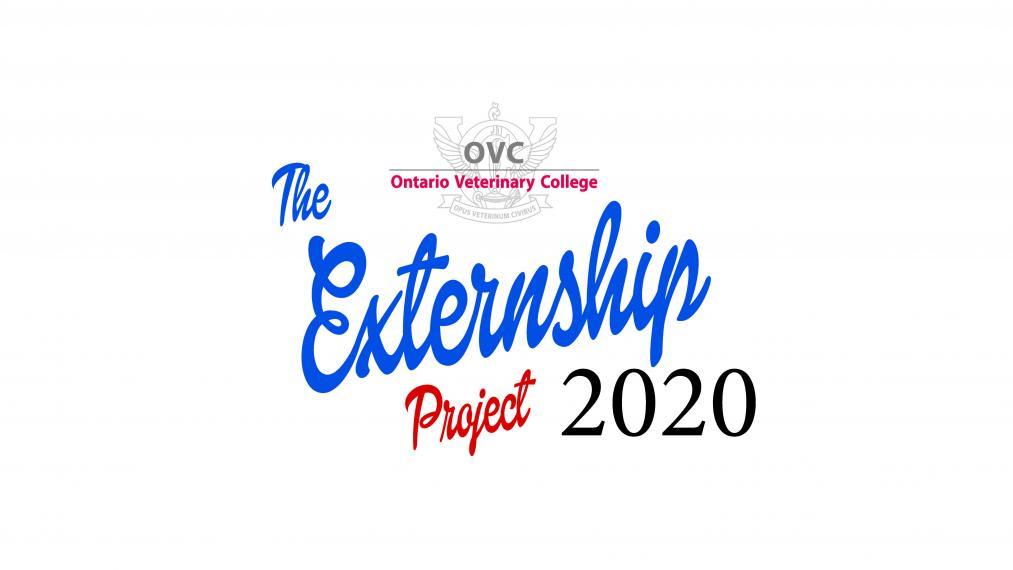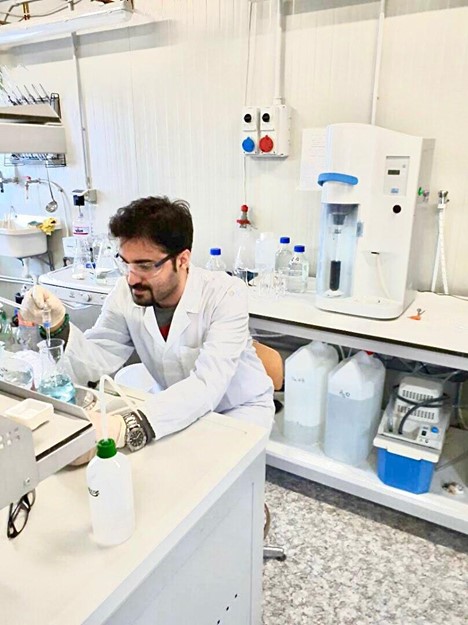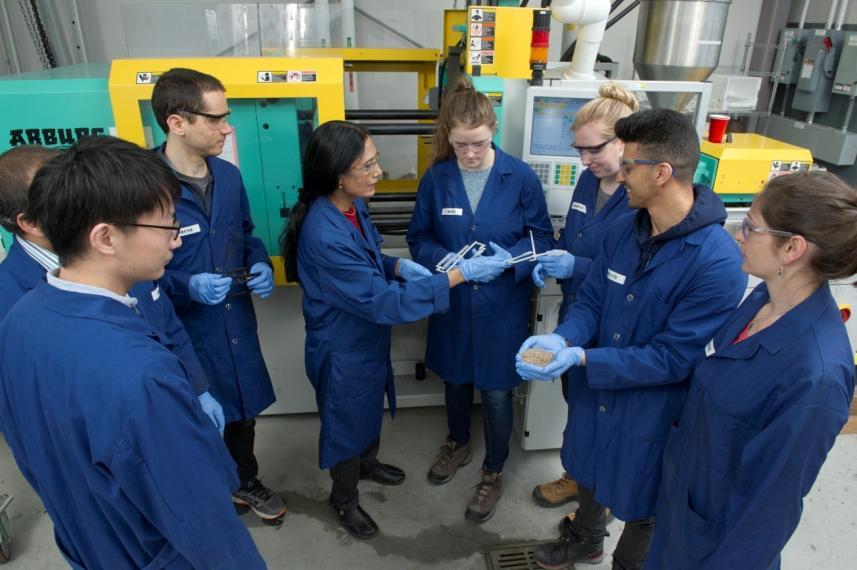Mental health and well-being research in agriculture and veterinary medicine
Leading research at the University of Guelph’s Ontario Veterinary College (OVC) is contributing greatly to current understandings of mental health and well-being in the veterinary profession, and the agricultural community.
Evidence shows veterinarians, student veterinarians and farmers to be at increased risk for psychological distress and mental illness.




